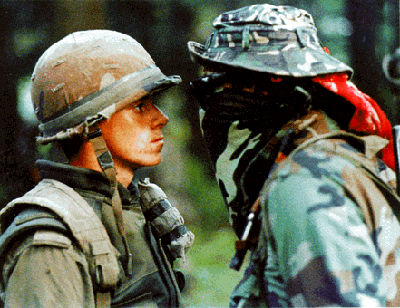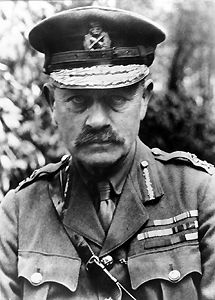Article
Jurisprudence
The term "jurisprudence"means literally and traditionally "practical wisdom about law," the intellectual capacity to frame and apply laws according to sound theoretical principles. Nowadays, the term has several different meanings, all descendants of this classical sense.





